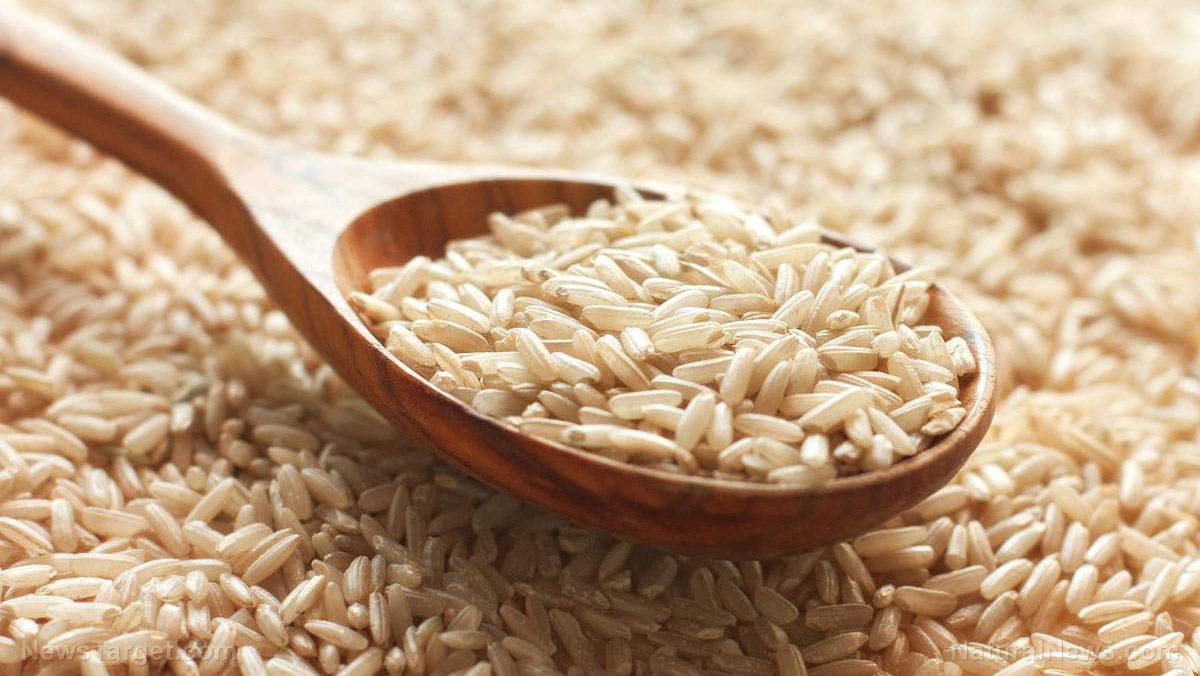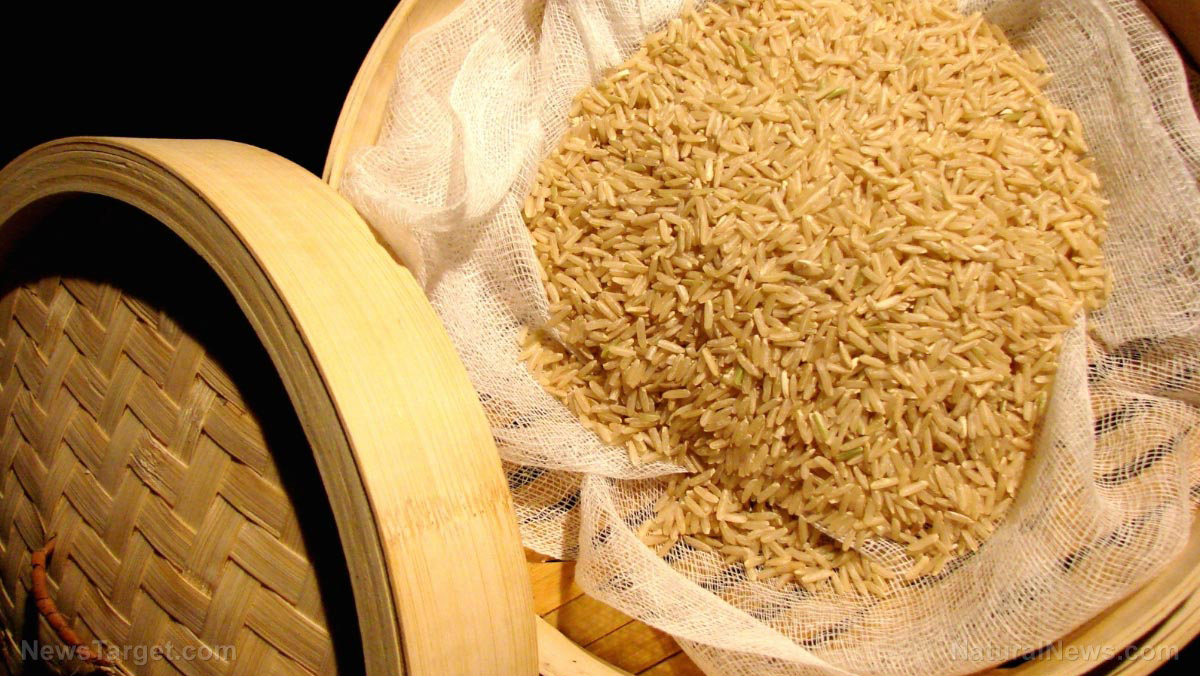
In a study published in the Journal of Food Processing and Preservation, researchers from Kasetsart University in Thailand investigated different treatment methods to determine the best way to improve the cooking quality and structure of brown rice. They found that treating brown rice with the enzyme alpha-amylase decreases its hardness and makes it more palatable than ordinary brown rice.
Why is brown rice healthier than white rice?
The difference between brown rice and white rice boils down to one thing: processing. When rice grains are processed (or milled) into white rice, only one component of the grain kernel or seed -- the starchy middle layer called the endosperm -- is left. The other two components, namely, the fiber-filled layer called bran and the nutrient-rich core called germ, are removed, leaving a much more visually appealing food product that, unfortunately, has lost much of its nutritional value.
On the other hand, brown rice is cruder than white rice and is allowed to maintain all three parts of the grain kernel, thus preserving its nutrient content. Not only does brown rice contain more vitamins and minerals, such as iron, manganese, vitamin A, B vitamins, and vitamin C, it also has more carbohydrates, protein, and dietary fiber. Fiber supports and improves digestion, hence fiber-rich brown rice is a more preferable component of a healthy diet than low-fiber, starchy white rice. And because brown rice undergoes very minimal processing, it is considered a whole food. (Related: Brown rice is a nutrient-dense food that can lower cholesterol levels and prevent the formation of blood clots.)
Treating brown rice with alpha-amylase improves its physical properties
Due to its high fiber content, brown rice has a less delicate texture than white rice. To remedy this, brown rice is usually soaked in water prior to cooking.
Ultrasonic treatment (UT) and enzymatic treatments (ET) are the most commonly used methods for improving the quality of rice. In their study, the researchers studied the effects of these methods on the water uptake of brown rice, as well as on volume expansion and texture during and after cooking. For the enzymatic treatments, they used cellulase, glucoamylase, and alpha-amylase.
Cellulase is an enzyme that breaks down cellulose, the main component of plant cell walls. Glucoamylase is a digestive enzyme that cleaves glucose molecules from starch. In the intestines, it helps with nutrient absorption and energy production. Alpha-amylase, on the other hand, helps break down starch into maltose. Maltose is further broken down into two glucose molecules inside the body.
The researchers reported that while all of the treatments affected the pasting properties of brown rice and the structure of its grain surface, only UT and alpha-amylase treatment affected the starch granules inside the grain. Brown rice that underwent UT had higher water uptake and volume expansion during cooking than brown rice subjected to ET. On the other hand, both UT and ET reduced the hardness of brown rice after cooking.
Brown rice subjected to alpha-amylase treatment was the softest among the cooked treated brown rice. Although UT reduced the hardness of cooked brown rice and increased its volume expansion, the alpha-amylase-treated brown rice still received the highest liking score from a panel of testers. Principle component analysis also revealed that alpha-amylase-treated brown rice is more preferable than the other treated brown rice.
Based on these results, the researchers concluded that alpha-amylase treatment can be used as a novel technology for the development of high-quality brown rice.
Sources include:
Please contact us for more information.























